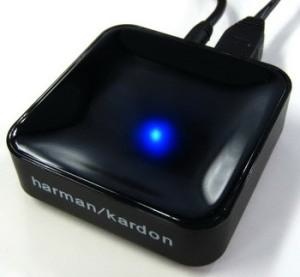Wearable technology, the trend encapsulating everything from fitness trackers to Bluetooth Smart enabled running shoes, is seeing phenomenal growth and high consumer demand. Everyday items such as watches, bracelets, gloves and even hats, are being updated with Bluetooth wireless technology, allowing them to capture data and send it back to an application on a smartphone or tablet.
Bluetooth Smart is fast becoming the de facto connectivity solution for wearable technology, spurred by growth in wearable sports and fitness trackers, which make up 96%of shipped wearable devices in 2013. ABI Research (http://www.abiresearch.com) projects 32 million Bluetooth enabled sports and fitness devices will ship this year alone.
Bluetooth Smart is the intelligent, power-friendly version of Bluetooth wireless technology that is making wearables practical for the mass market. While the power-efficiency of Bluetooth Smart makes it perfect for devices needing to run off a tiny battery for long periods of time, the magic of Bluetooth Smart is its ability to work with an application on the smartphone or tablet the consumer already owns. Bluetooth Smart makes it easy for developers and OEMs to create solutions that will work with the billions of Bluetooth enabled products already in the market today.
“The cost, footprint and energy needs of Bluetooth Smart are miniscule – you can add this technology to practically anything, from watches to band-aids, with little or no changes to the look and feel of the original product,” says Suke Jawanda, Bluetooth SIG CMO. “Bluetooth Smart is taking wearables from niche and novel to useful and mainstream because of its efficiency, scale and ability to work with applications on phones and tablets consumers already own. We are just at the beginning of what’s possible as eventually we will see wearable devices communicating not just with a smartphone or tablet, but with each other and the Internet, and thereby delivering consumers real-time and personal insight into what they care about.”
ABI Research segments the wearable technology market into seven sections: wearable cameras, smart clothing, smart glasses, healthcare, sports and activity trackers, wearable 3D motion trackers, and smartphone compatible watches. “The sports and activity tracker segment was the first to pop, with 32 million devices shipping in 2013 alone, but we expect to see rapid growth from smart watch, smart glass, segments in 2014,” said Josh Flood, analyst with ABI Research. “Bluetooth will be the primary connectivity technology for wearable computing devices, and Bluetooth Smart will play a key role in the device category’s success in the future.”
To learn more about Bluetooth Smart technology and how it is enabling wearable solutions, visit http://www.Bluetooth.com.


